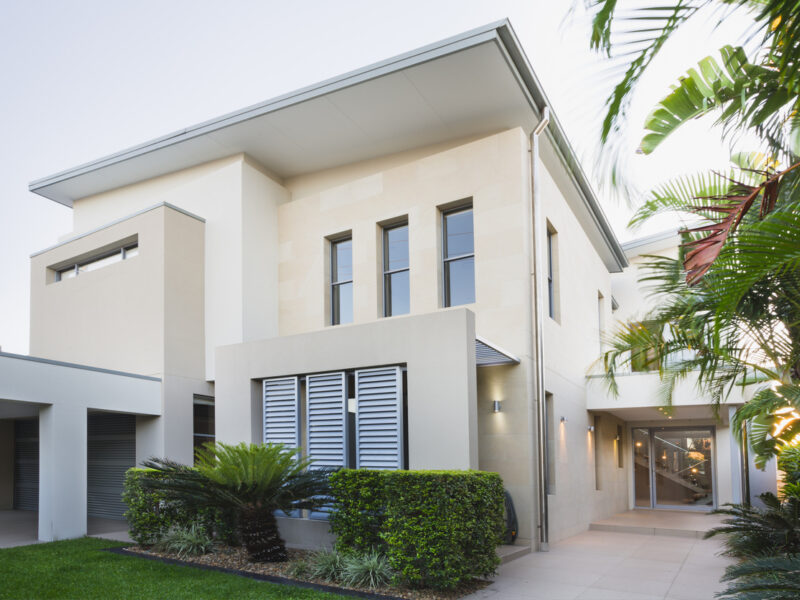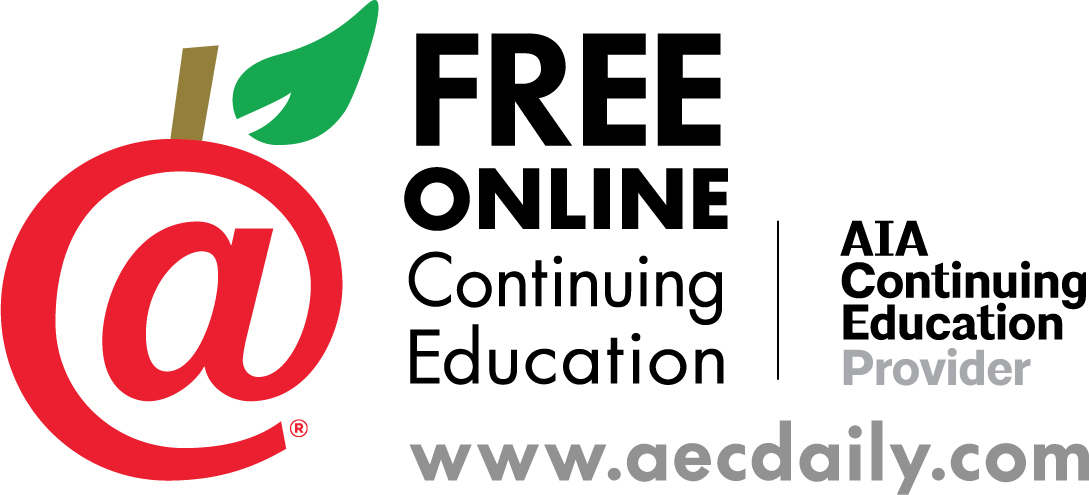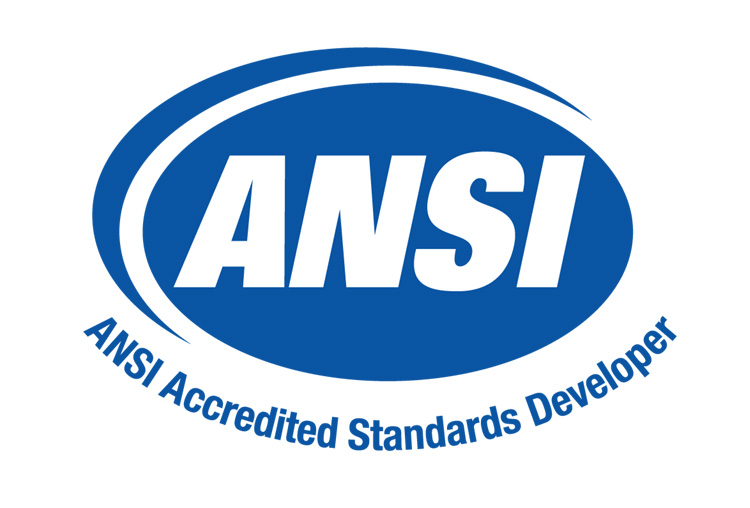Free On-Demand Course: Designing Buildings for Heat Resilience and Energy Efficiency

This course is actively registered with 28 industry associations for 1 CE/LU/HSW credit, including AIA, GBCI, NAHB, and IIBEC (see full list).
About this Course
Urban warming negatively impacts human health and quality of life, energy use, air quality, social equity, and economic prosperity. This self-paced course describes how solar reflective “cool” roof and wall materials help protect individuals and communities from the impacts of extreme heat and discusses the factors that influence energy savings and performance. The course also notes various climate resilience initiatives, green building programs, and energy codes that require or promote the use of cool roofs or walls and concludes by explaining the important role of third-party product ratings and the educational resources available online.
Learning Objectives:
Discuss the human and environmental impacts of the urban heat island effect and the benefits of designing to increase occupant comfort, reduce energy demand, and increase resilience.
Describe the radiative properties of cool roofs and walls that can reduce a building’s solar heat gain and lower temperatures of buildings and surrounding communities.
Recall the available cool roof and exterior wall materials and the design and installation considerations for cooler climates to maintain occupant comfort.
Identify codes, standards, and programs that prescribe the use of cool roof and exterior wall materials and determine which materials will meet project requirements using a third-party database of rated products.
The course is free and can be accessed on AEC Daily.
Questions? Contact Sarah Schneider at [email protected].


